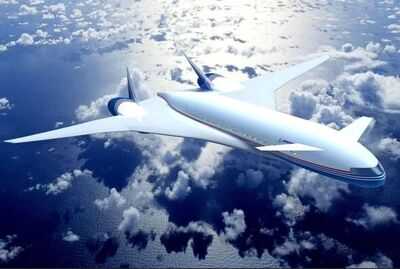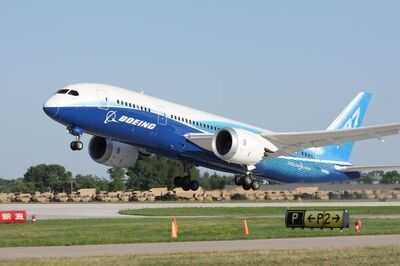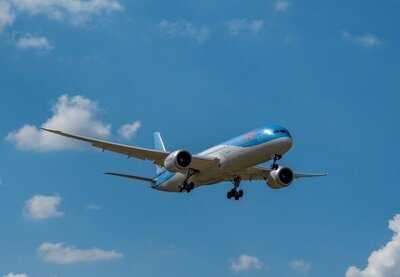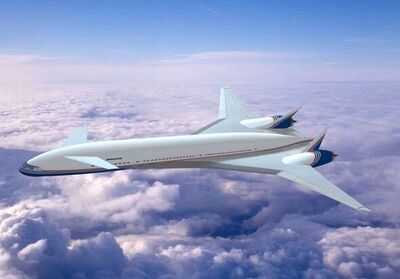Boeing once had plans to build an incredible passenger plane that could have changed the future of flying. The aircraft, if it had ever been completed, would have cruised at up to 752mph, far faster than most commercial jets,which usually fly at speeds between 500mph and 600mph. The aircraft was designed to fly at high altitude, cut long-haul journey times, and run more efficiently than anything else in the skies at the time.
It was a bold attempt to take aviation to the next level. But in the end, the plane never made it off the ground. The concept was born in the late 1990s, when Boeing was trying to recover from falling sales of its 747 and 767 jets. At the same time, Airbus had just revealed its plans for the giant A380 superjumbo.

Experts say Boeing wanted to go in a different direction. Instead of building bigger planes for crowded hub airports, it focused on faster, more direct journeys between smaller destinations.
The design was known as the Boeing Sonic Cruiser, a widebody jet built for speed, comfort and long-range efficiency.
Peter Rumsey, the Director of New Airplane Product Development at engineering firm Ingenia at the time, said: "As well as wanting more direct flights, passengers have demonstrated a preference for flights that take less time and airplane configurations that enhance comfort.
"It's just common sense: people want to go where they want to go, when they want to go, how they want to go.

"Boeing's answer to the demand for faster flights, more direct flights, and increased comfort is the Sonic Cruiser."
Boeing believed the Sonic Cruiser would deliver all of that, with a cruising speed of Mach 0.98, just under the speed of sound, and two hours shaved off routes like London to Singapore.
Walt Gillette, the General Manager of the Sonic Cruiser programme at Boeing, said: "The Sonic Cruiser is a brand-new class of flying machine. Every other commercial jet airplane has been a further refinement of the 707."
The plane would have flown at 40,000ft, held up to 250 passengers, and travelled up to 10,000 nautical miles.

It featured a sleek delta wing design and a body made from advanced composite materials.
But after the 9/11 attacks in 2001, airline demand dropped, fuel prices soared, and carriers became more cost-conscious.
What's more, Virgin Atlantic boss Richard Branson warned the plane could also struggle due to limited runway slots at busy airports.
And with interest fading, Boeing shelved the Sonic Cruiser and redirected its focus.
Nonetheless, the research helped create the 787 Dreamliner, which entered service in 2011 and has become one of Boeing's best-selling long-haul aircrafts.
Boeing Sonic Cruiser key facts:- Max cruising speed: Mach 0.98 (approx. 752mph)
- Max range: 10,000 nautical miles
- Passenger capacity: Up to 250
- Length: Approx. 250ft
- Cruise altitude: 40,000ft
- Cancelled in early 2000s due to falling demand and high fuel costs
You may also like

'I went on The Wheel and won £110K - I have a special plan for the winnings'

Liverpool player ratings vs Brentford as Szoboszlai let down by his team-mates in loss

Karnataka Dy CM defends tunnel project, calls Tejasvi Surya "empty vessel"; challenges Kumaraswamy for open debate

'I'm a dog expert and this is how to stop your dog barking at the doorbell'

Driver who paid £2.5m for McLaren test targeting full-time F1 seat as plan explained







